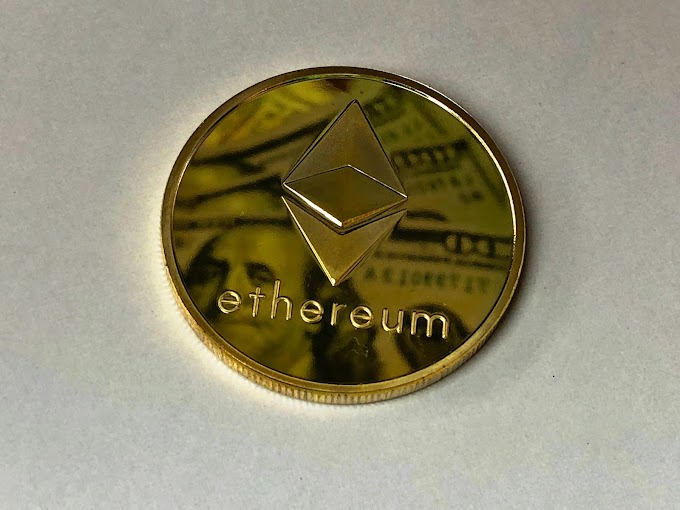Tether (USDT): Pegged to the US Dollar, Widely Used for Trading
Tether (USDT) is a type of cryptocurrency known as a stablecoin. It is designed to maintain a stable value by being pegged to a reserve asset, typically the US dollar. This means that for every Tether token issued, there is an equivalent amount of US dollars held in reserve, theoretically ensuring that USDT remains equal to $1 USD.
Key Features:
Stability: Unlike other cryptocurrencies whose values can fluctuate significantly, Tether aims to provide stability. This makes it a popular choice for traders looking to move funds quickly between exchanges without the risk of volatility (CoinMarketCap) (Blockworks).
Fiat-Backed: Tether is backed by traditional fiat currencies held in reserve. Each USDT token is supposed to be backed by a corresponding amount of US dollars, though Tether's transparency and reserve practices have occasionally been subjects of controversy (Blockworks).
Liquidity: Due to its stable value and widespread acceptance, USDT provides high liquidity, making it easy to convert to other cryptocurrencies or fiat currencies. This is especially useful in volatile markets where quick conversion is necessary (Blockworks).
Usage in Trading: Tether is widely used on cryptocurrency exchanges as a base trading pair. It allows traders to enter and exit positions quickly without needing to convert to fiat currencies, which can be more time-consuming and costly (CoinMarketCap) (Blockworks).
Historical Significance:
Tether was created in 2014 by a group of entrepreneurs, including Brock Pierce, Reeve Collins, and Craig Sellars. It was one of the first stablecoins to gain significant traction and remains one of the most used stablecoins in the market today (CoinMarketCap).
Use Cases:
- Trading Pair: USDT is commonly used as a trading pair on many cryptocurrency exchanges, facilitating the exchange of various cryptocurrencies.
- Hedging: Traders use Tether to hedge against market volatility. By converting volatile assets into USDT, they can preserve value without converting to fiat.
- Remittances: Tether can be used for international remittances, offering a fast and cost-effective way to transfer value across borders.
- DeFi and Lending: In decentralized finance (DeFi), Tether is used in various lending and borrowing protocols, providing liquidity and stability to these platforms.
Controversies:
Tether has faced scrutiny regarding its claims of full fiat backing. Critics have questioned whether Tether has enough reserves to back all USDT in circulation. Tether's parent company, Tether Limited, has faced legal challenges and regulatory scrutiny over its reserve practices and transparency (CoinMarketCap) (Blockworks).
Despite these controversies, Tether remains a crucial component of the cryptocurrency ecosystem due to its widespread acceptance and utility in trading and liquidity management.
By maintaining a stable value and being widely integrated into cryptocurrency markets, Tether plays a vital role in enabling efficient trading and providing stability within the volatile crypto landscape (CoinMarketCap) (Blockworks).






